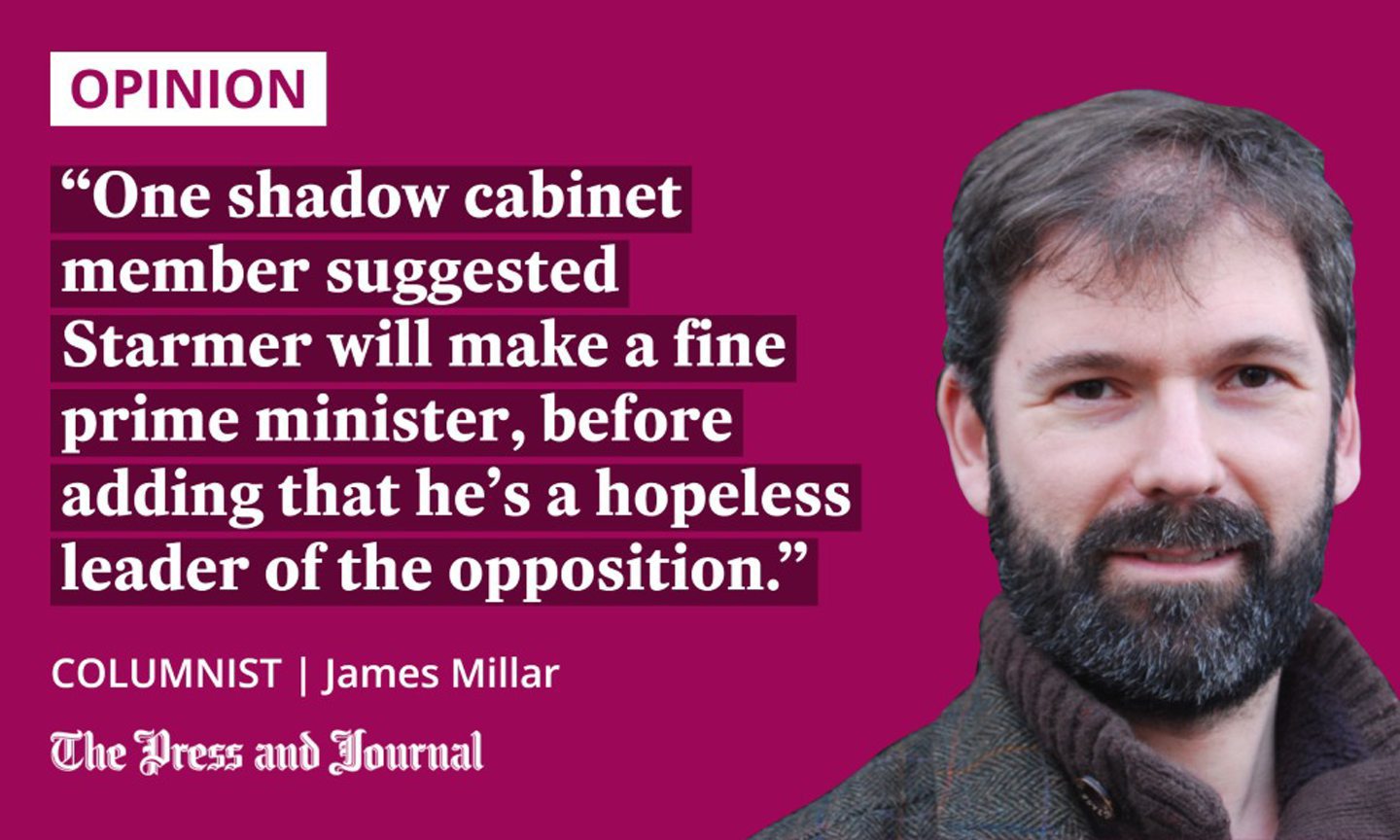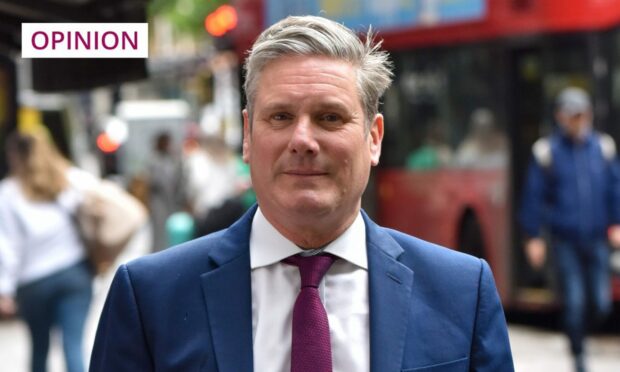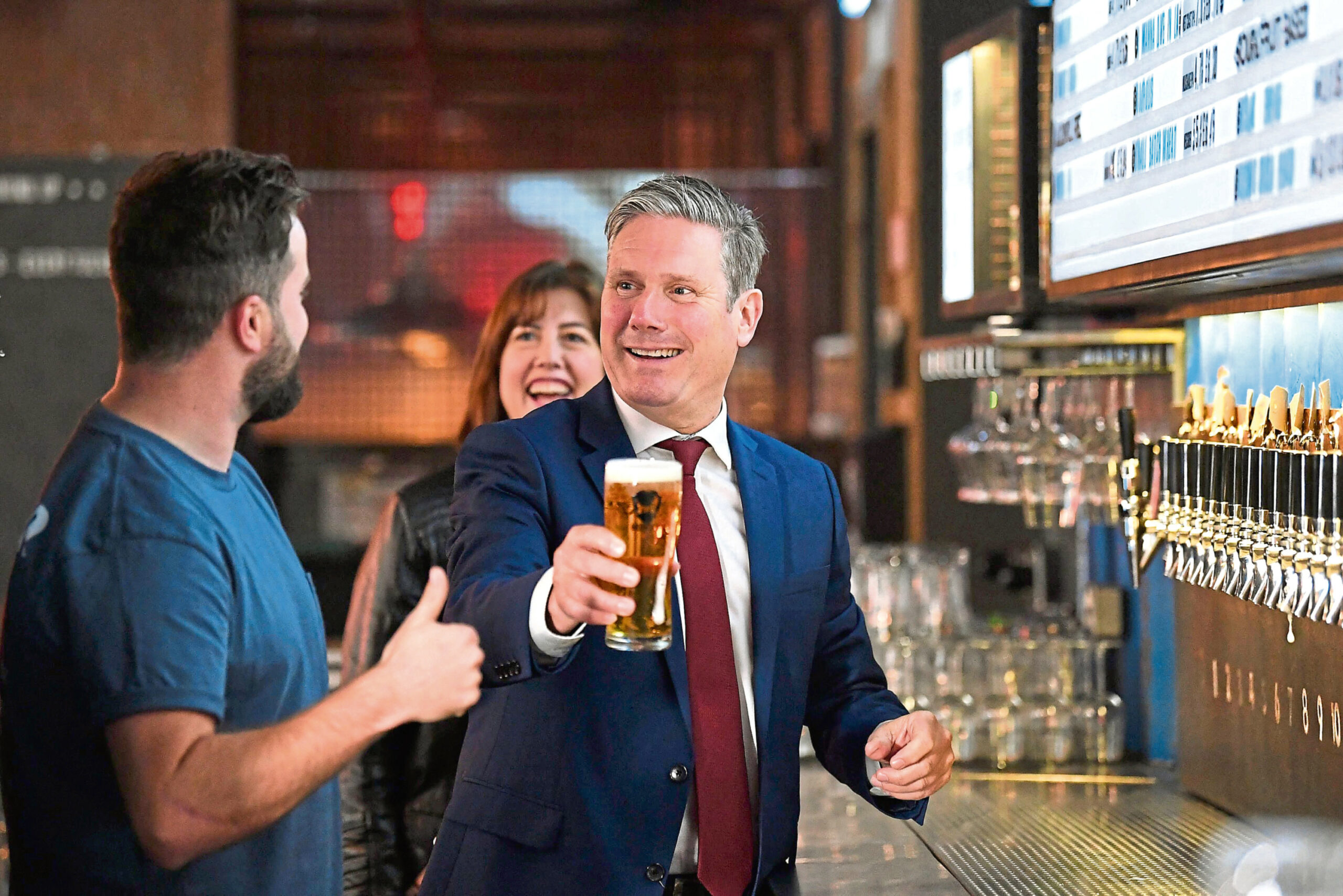August is supposed to be a quiet time in Westminster but, between Brexit and Covid, there hasn’t been a silly season since 2016.
Even this year, the Tories are keeping MPs and journalists busy trooping round the nation, following Liz Truss and Rishi Sunak – apparently debating but, essentially, just recording a series of Labour attack ads from the future.
It feels a bit like the institutional memory of what’s supposed to happen in summer has been forgotten.

The Westminster village has been discombobulated by the opportunity to switch off Twitter and think and do nothing, so feels it has to act and opine, even though no one much is listening.
Of course, one person who has managed to successfully relax is the one still nominally in charge of the country. But, remember, this is the chap who repeatedly dodged crisis meetings and took extended breaks back in 2020 as the nation was barrelling into the catastrophe of Covid. In or out of office, or something in between, little has changed for Boris Johnson.
And, yet, it’s not Johnson who is the focus of Westminster tittle-tattle right now. It’s Sir Keir Starmer, and how apparently rubbish he is.
What more do they expect from Starmer?
Ever since Johnson finally quit last month, all I’ve heard from opposition figures – frontbenchers, senior staffers, those without an official role but still yielding influence – is whining about the Labour leader. One shadow cabinet member suggested Starmer will make a fine prime minister, before adding that he’s a hopeless leader of the opposition.
It’s weird, because it’s hard to see what more they expect of Starmer. He’s seen off Boris Johnson, the sole figure who could hold together the disparate voters who delivered the Tory majority in 2019. Bumping Boris fundamentally alters the electoral landscape in Labour’s favour.
Latest @YouGov poll on who would make the best PM.
(24-25 May)🌹 Keir Starmer: 33% (+1)
🌳 Boris Johnson: 25% (-2) pic.twitter.com/6dKY4Fs8r3— Best for Britain (@BestForBritain) June 4, 2022
Labour lead in the polls. And, at a more granular level, Starmer trumps Truss and Sunak in polling that quizzed the public about who was best placed to take on the major policy challenges of our time, like tackling climate change, reducing NHS waiting lists, and growing the economy.
And, this week, Starmer unveiled a credible plan to tackle the energy price nightmare coming down the track this winter.
He has attracted some admiration – from Tories. The only folk talking him up seem to be Conservatives wondering why Sunak and Truss are trading daft tax policies when they could abolish income tax altogether and, still, most household budgets are going to be obliterated by the cost of gas and electricity.
Short of inventing time travel and scooting back to 1997, it’s hard to see how Starmer could put Labour in a better spot. He’s increasingly convincing the public of his credentials; it seems persuading his party is a tougher task.
James Millar is a political commentator, author and a former Westminster correspondent for The Sunday Post












Conversation